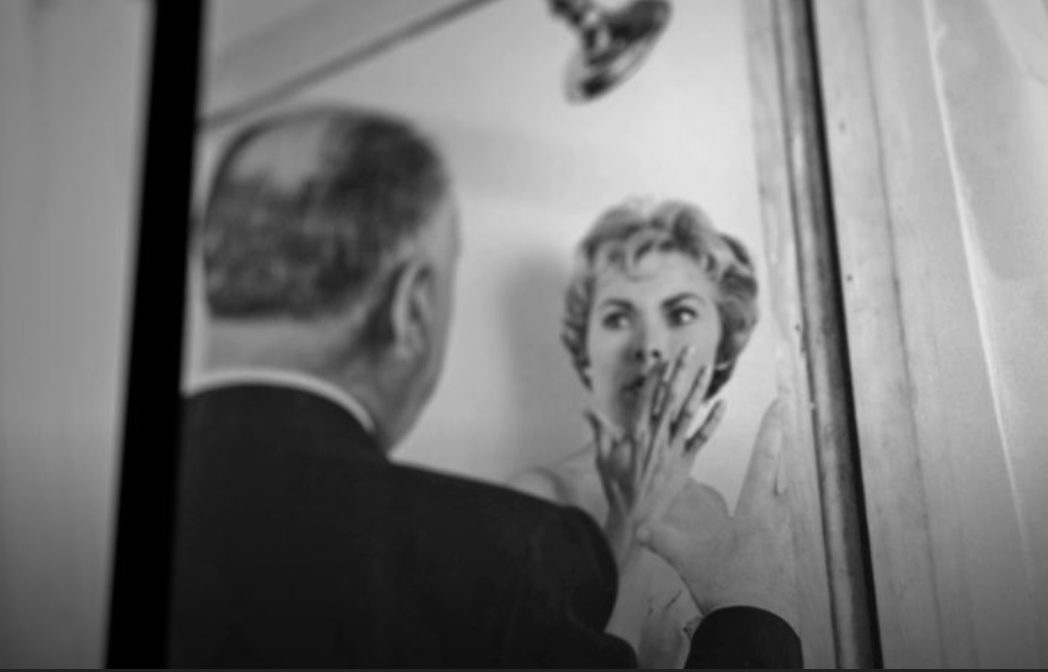Released at the Filmhouse cinema from Fri 10 Nov 2017
A documentary which concentrates almost exclusively on one of the most famous scenes in cinematic history was never going to struggle to find enough to say, but could easily face problems in saying anything novel. In 78/52, we’re treated to a blow-by-blow analysis of the iconic shower scene from Psycho, as well as a discussion of the movie’s place in contemporary society, Hitchcock’s meticulous shooting methods and the message behind it all. Holding our hand on the journey are a variety of talking heads from the world of Hollywood, offering varying levels of insight and acumen.
For example, Guillermo del Toro is a great conduit for learning more about how Hitchcock’s various directorial decisions communicated not only the effect he intended, but also values relating to his own Catholicism. Danny Elfman’s dissection of Bernard Herrmann’s score – and his own attempts to recreate it for the 1998 remake – is illuminating and highlights the genius of the composer in fashioning one of the most recognisable pieces of music in any film, ever. Marli Renfro, the Playboy bunny who acted as a body double for Janet Leigh during the infamous scene, is a bouncy and effervescent addition to the interviewees, who offers the only real tangible insight into what it was like to be part of such an operation.
On the other hand, input from actors such as Elijah Wood and Eli Roth may be entertaining at times, but it’s far less astute and often they seem to only voice thoughts that we all might have about the film without really offering anything original or valuable. Furthermore, the omissions are conspicuous by their absence; there’s no Gus Van Sant (who oversaw the recent failed remake) and no academic input, either. The fact that most of the cast and crew on the original picture have now passed on means their participation is of course impossible, but it’s a shame that Renfro is our only touching point for the team behind the masterpiece.
And there’s far too little of the man himself, Alfred Hitchcock. Indeed, the archive footage of interviews and clips of the “Master of Suspense” are probably the most engaging scenes of the film, itself an indictment on the picture. There’s also no attempt made to delve into Hitchcock’s own allegedly scandalous private life (his abuse of Tippi Hedren, for example). In a film so totally fixated on “the first expression of the female body under assault” in cinema, such an approach would surely have yielded some interesting material, but the goal of worshipping at the altar of Hitchcock supersedes any questions which may be directed at his integrity.
So, does the film manage to say anything new about this most worked-over of scenes? Well, for dedicated connoisseurs of cinema (and of Hitchcock in particular), probably not; for the average movie-lover, there’s plenty to learn and love. Unfortunately, the Catch-22 here is that this type of film really only attracts the former, meaning its merits are not matched to its target market. Furthermore, devoting an hour-and-a-half to a 45-second scene would probably try the patience of even the most hardened of fans. The result is an interesting but overblown look at an undoubted masterpiece of movie history.
